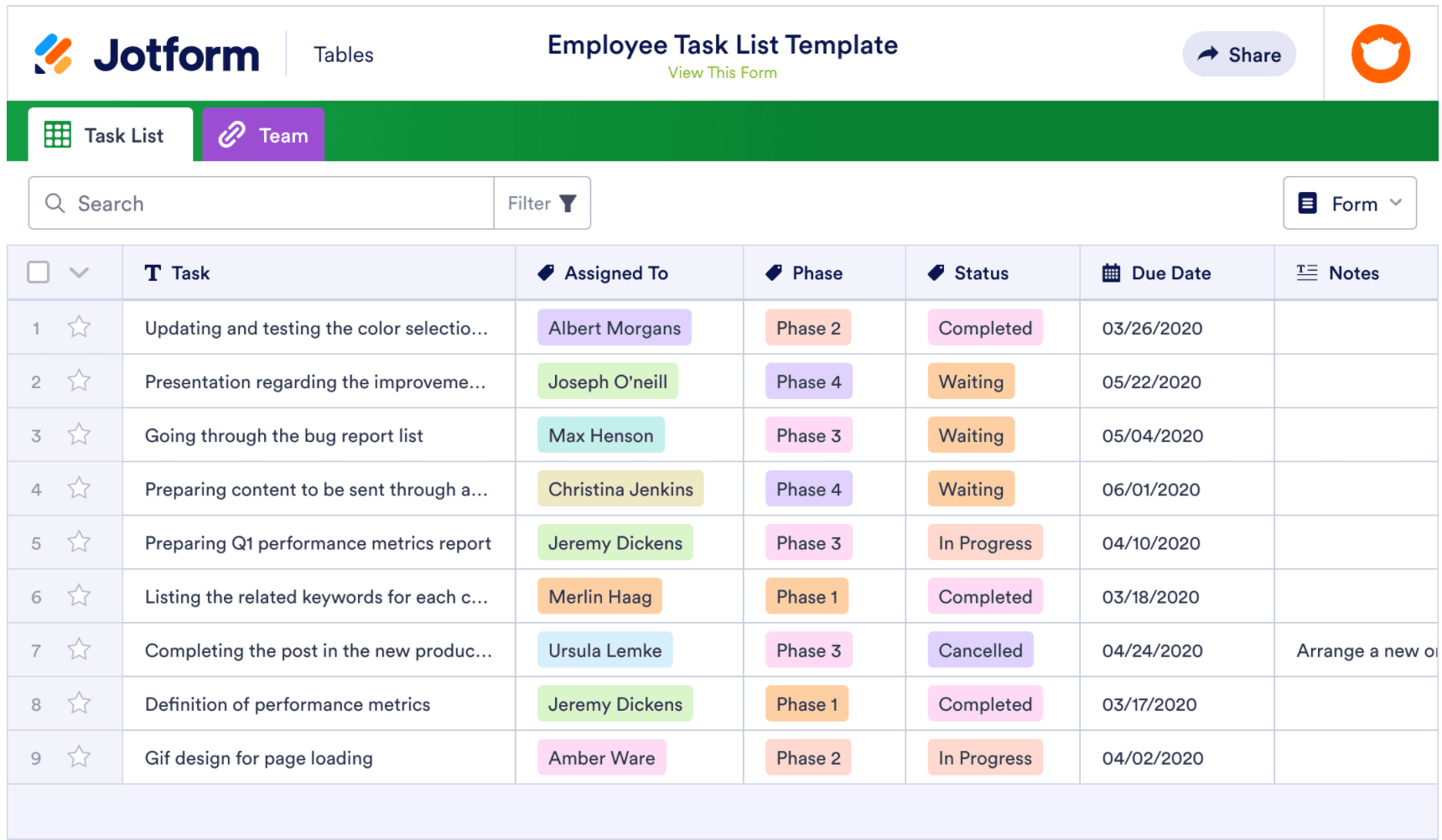6 strategies to manage multiple projects
It’s rare for a project manager to have only one project to work on at a time. Most businesses have several multistep projects to complete at any given time and must develop strategies to manage them simultaneously.
Even if you have the staff, resources, and time you need to manage multiple projects successfully, prioritizing and delegating can still be difficult. You need infrastructure in place to help your decision makers handle the inevitable scheduling conflicts, time constraints, and unforeseen obstacles. So, here are some strategies to streamline your multiple-project management process.
How to successfully manage multiple projects at once
Here are six helpful strategies your team can implement to manage multiple projects from inception to completion.
1. Create a complete plan and timeline before you start
While you can’t anticipate every roadblock you might face, a solid plan outlining what you need to accomplish and how you’ll react to challenges is a crucial first step in how to manage multiple projects.
The key is to set reasonable expectations about what you can accomplish, allowing ample time to handle the unexpected. You’ll want to set clear goals, expectations, and responsibilities at the start so each team member is aware of their role in each project.
Plan as much as possible before you begin to avoid shifting gears and going back to the planning stage halfway through a project.
2. Prioritize (and reprioritize) as necessary
Not every project or task is made equal, so consider which tasks are most important at any given time. You don’t want to finish the easiest work first and risk running out of time to complete the most daunting. Instead, figure out which tasks will have the most impact on your project and tackle those first.
Prioritization works for both short- and long-term goals, so encourage project stakeholders to organize their daily tasks by importance as well. This way, even if your team gets sidetracked for an hour (or a day), the most valuable work will be done first, and you can reprioritize less important tasks to make up for lost time.
3. Revisit and re-evaluate project timelines as you go
While you can start your project with a solid and well-thought-out plan, it’s always possible you’ll need to tweak it as you progress. Analyzing and updating your initial plan throughout the process will give you an opportunity to make those small changes as you go without starting again from scratch.
Hold regular meetings to evaluate progress and allow stakeholders in the project to provide feedback and voice any concerns.
4. Be specific about how you want team members to spend their time
When you manage multiple projects, most of the work is in carving out blocks of time for each task and subtask. Allotting intervals of time for specific tasks allows your team members to compartmentalize their priorities so they don’t become overwhelmed by the work ahead of them.
Breaking down tasks in this way also provides a guideline for how much time team members should spend on each task. You can keep tabs on their time management by creating a form that tracks their time spent working on certain tasks or a document they can fill out daily describing what they’ve done for the projects they’re working on. By collecting data, you can re-evaluate down the line whether your initial time management expectations are still realistic.
5. Keep your scheduling flexible
While planning ahead is essential when you manage multiple projects, scheduling should remain flexible to maximize your team’s productivity. As you reprioritize various tasks based on challenges or unforeseen circumstances, adjust scheduling accordingly.
Don’t be afraid to begin new projects before completing older ones. It’s healthy for your team to switch up the pace and work on items of varying importance to avoid tedium.
If you notice repetitive or similar tasks, schedule them together so your team can do them all at once. If certain tasks are dependent on others being completed first, make sure there’s plenty of time to finish both and avoid logjams.
6. Keep track of workloads across projects
As your team progresses through multiple projects at once, be sure to look at the big picture when managing their workloads and responsibilities. Keep track of whether you’ve distributed work fairly, and make sure each team member’s assigned tasks play to their respective strengths.
You’ll need a unified platform to keep track of all this without pulling your hair out. Solutions like Jotform Tables, an online, spreadsheet-based alternative to data management platforms, can help you manage multiple projects at once and give you a top-down view of your workload.
You can either create spreadsheets from scratch or use Jotform’s customizable table templates to get started. Helpful management templates include an employee task list template, a project tracker template, and various project management templates.
Implementing these strategies will help you and your team successfully manage multiple projects at once (and stay sane as you do it).
Photo by Ketut Subiyanto from Pexels




































Send Comment: